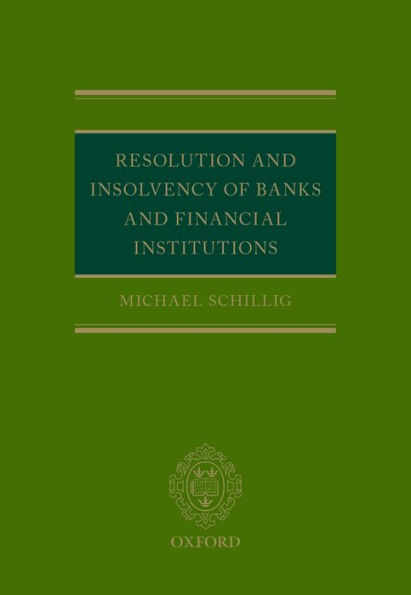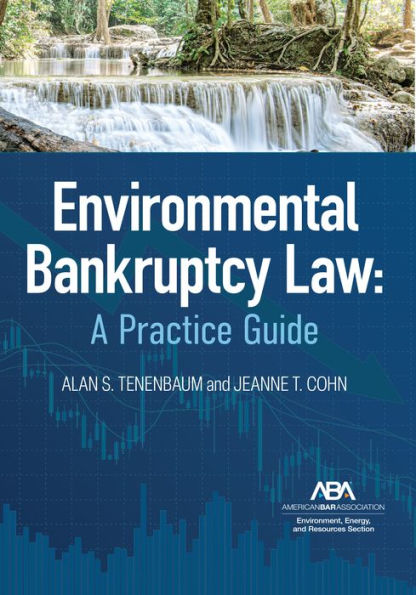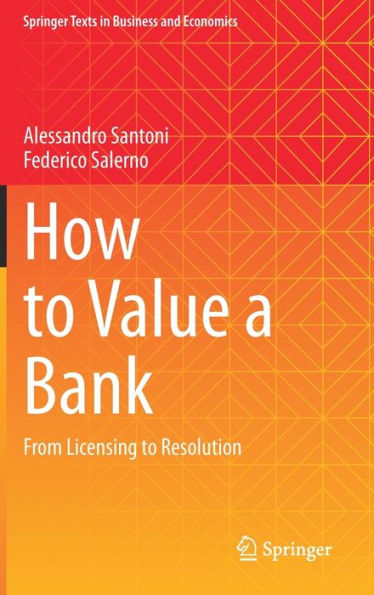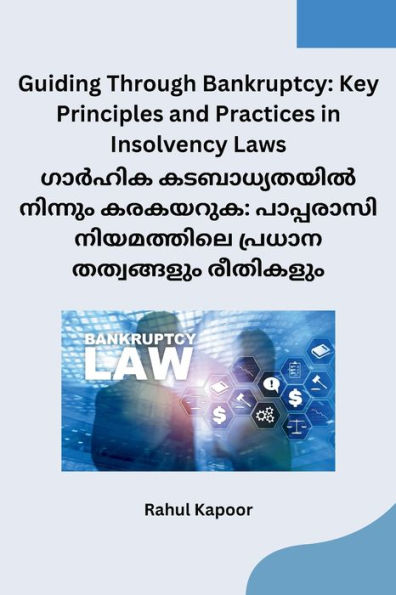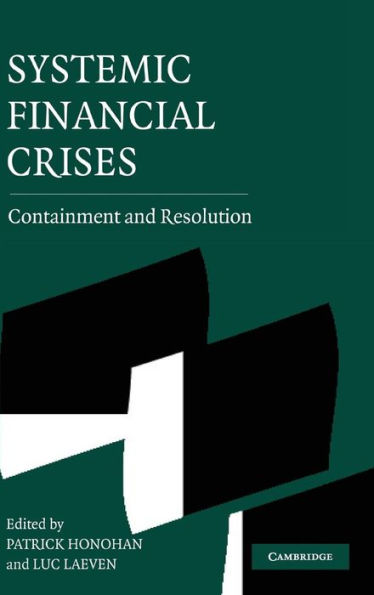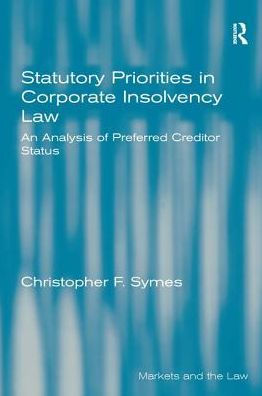Home
"Living Wills": The Legal Regime for Constructing Resolution Plans for Certain Financial Institutions
Loading Inventory...
Barnes and Noble
"Living Wills": The Legal Regime for Constructing Resolution Plans for Certain Financial Institutions
Current price: $19.95
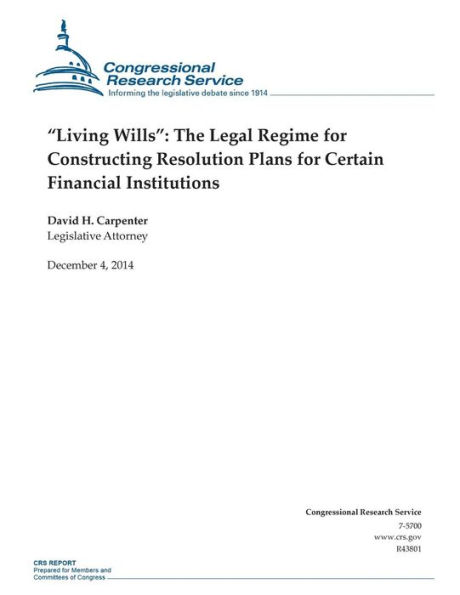

Barnes and Noble
"Living Wills": The Legal Regime for Constructing Resolution Plans for Certain Financial Institutions
Current price: $19.95
Loading Inventory...
Size: OS
*Product Information may vary - to confirm product availability, pricing, and additional information please contact Barnes and Noble
One of the chief objectives of the Dodd-Frank Wall Street Reform and Consumer Protection Act (DFA) is to promote financial stability within the United States, without the need for emergency governmental assistance to troubled firms. To achieve this goal, the DFA establishes a heightened regulatory regime for certain, generally large "covered financial institutions." A pillar of this heightened regulatory regime is that each covered financial institution must submit "credible" plans to the Board of Governors of the Federal Reserve System (FRB) and the Federal Deposit Insurance Corporation (FDIC) detailing how the firm could be quickly resolved in an orderly fashion under the U.S. Bankruptcy Code or other applicable insolvency regime "in the event of a material financial distress or failure." These resolution plans are commonly referred to as "living wills." Over 130 institutions have filed at least one resolution plan with regulators. Each of the 11 largest financial firms in the U.S., which each hold more than $250 billion in nonbank assets, has filed at least two resolution plans. However, all 11 of these companies' plans, in spite of the fact that some of them span tens of thousands of pages, have fallen short of the minimum requirements of the DFA's living wills regime in the discretionary view of the FRB and FDIC. The 11 firms' next living wills are due July 2015. If any of these plans is determined to be insufficient, then the FRB and FDIC have expressed their intent "to use their [enforcement] authority under [DFA] section 165(d)," which eventually could include the power to require an institution "to divest certain assets or operations ... to facilitate an orderly resolution.... " This report reviews the legal structure of the DFA's living will requirements, pursuant to both DFA Section 165(d) and the regulations and guidance issued jointly by the FRB and FDIC, and explains the August 2014 joint announcement of the FRB and FDIC regarding the inadequacies of the 2013 living wills filed by the 11 largest, most complex financial institutions in the country. This report also examines some of the steps that these institutions might voluntarily take, which, in the view of the FRB and FDIC, would improve their resolvability, including strategic divestiture; legal reorganization; amendment of default trigger provisions of qualified financial contracts; and increasing their long-term, unsecured debt as a proportion of their assets. In addition to voluntary measures, there are bills in the 113th Congress that would change how financial institutions are regulated to promote the financial stability of the United States. For example, H.R. 46 and S. 20, the Financial Takeover Repeal Act of 2013, would repeal the DFA in its entirety, including the provisions designed to promote financial stability. H.R. 5421, the Financial Institution Bankruptcy Act of 2014, and a similar bill, S. 1861, the Taxpayer Protection and Responsible Resolution Act, would make changes to the Bankruptcy Code to facilitate the resolution of financial institutions. H.R. 1450/S. 685, the Too Big to Fail, Too Big to Exist Act, would require the Secretary of the Treasury to identify all financial institutions it considers to be "too big to fail," and to "break up [these] entities ... so that their failure would no longer cause a catastrophic effect on the United States or global economy without taxpayer bailout." And H.R. 613, the Systemic Risk Mitigation Act, would among other things, require every bank holding company with $50 billion or more in consolidated assets to hold long-term, subordinated debt of the value of at least 15% of its total consolidated assets. Proponents argue that this could help promote the long-term viability of the firm and, if the firm actually fails, help absorb some of its losses.
